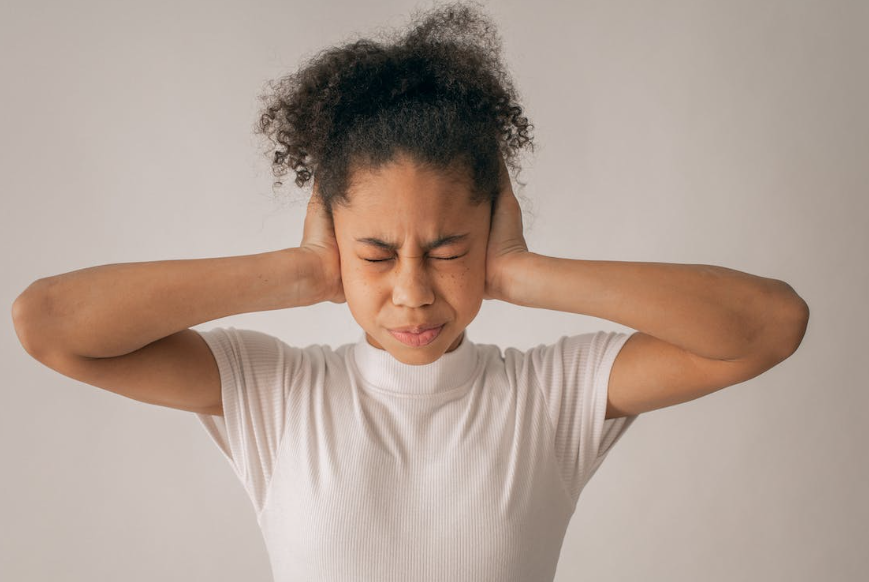Mindfulness to Reduce Anxiety
Today we’re exploring mindfulness practices for getting present, and learning how to respond to anxiety in a healthier way.

Selfpause Affirmation App
Download the app to get 1,000’s of affirmation meditations and everything you need to write, record and listen to your own.
The most important thing you can do to reduce anxiety is to develop a mindfulness practice. This is the art of observing your thoughts and emotions without making them into a story. Mindfulness is an excellent tool to help you control anxiety, and it is something that you can do anytime. You can practice it at home and at work, or take it to a class.
Observe the thought or emotion without pursuing it

One of the most effective ways to reduce anxiety is to learn to observe the thought or emotion without pursuing it. By observing your thoughts and emotions, you can better understand how they are influencing you and how to manage them. You can also learn to recognize underlying beliefs or emotions that trigger anxiety.
It may seem counterintuitive to observe a thought or emotion without pursuing it. However, when we practice mindful awareness, we can train our mind and body to accept uncomfortable situations. For example, if we can acknowledge an uncomfortable experience, then we can allow our bodies and minds to know that there is no danger associated with that experience.
When we’re feeling anxious, we experience worry, apprehension, or dread. These feelings can be physically uncomfortable and can make us feel shaky, sweaty, or nausea. Anxiety may also lead to avoidance behavior. It can occur in response to specific situations, or it can occur without any specific trigger. Despite its uncomfortable nature, anxiety is a natural part of life.
Observe the thought or emotion without creating a story
One of the best methods to reduce anxiety is to simply observe your thoughts and emotions. This practice allows you to be aware of your experiences without judging them. By acknowledging your thoughts, you will be able to see the source of your anxiety. For example, when you are worried about a big presentation, you might think that you should attend to the entire presentation without worrying about the details.
Our Top FAQ's
Mindfulness techniques can be used to help manage anxiety by helping individuals become more aware of their thoughts, emotions, and physical sensations in the present moment. This awareness can help individuals identify and recognize anxious thoughts and feelings as they arise, rather than becoming overwhelmed by them. Mindfulness practices can also help individuals develop a greater sense of control over their thoughts and emotions, as well as increase their ability to regulate their own emotional responses.
Some specific mindfulness practices that can help reduce anxiety include:
- Deep breathing exercises: Taking slow, deep breaths can help calm the nervous system and bring a sense of relaxation to the body.
- Body scans: Focusing on one body part at a time, starting at the toes and working up to the top of the head, can help individuals become more aware of their physical sensations and bring a sense of calm to the body.
- Progressive muscle relaxation: Tensing and then relaxing each muscle group in the body can help reduce physical tension and anxiety.
- Guided imagery: Using visualization techniques to imagine a peaceful scene or situation can help calm the mind and reduce anxiety.
- Mindful walking or movement: Paying attention to the sensation of movement and the present moment can help bring a sense of calm and focus.
Research has shown that mindfulness practices can help reduce anxiety by altering activity in certain areas of the brain. For example, mindfulness practices have been shown to increase activity in the prefrontal cortex, which is involved in regulation of emotions, and decrease activity in the amygdala, which is responsible for the body’s stress response.
Yes, mindfulness techniques can be used in combination with other treatments for anxiety, such as therapy or medication. In fact, many therapies for anxiety, such as cognitive-behavioral therapy (CBT), incorporate mindfulness techniques as a key component of treatment.
To incorporate mindfulness practices into their daily routine to help reduce anxiety, individuals can try the following:
- Set aside a specific time each day to practice mindfulness techniques, such as first thing in the morning or last thing at night.
- Start with just a few minutes of mindfulness practice at a time and gradually increase the duration as desired.
- Choose a specific trigger to remind oneself to bring attention to the present moment, such as taking a deep breath before answering the phone or pausing to take a few mindful breaths before starting a task.
- Consider finding a mindfulness app or joining a mindfulness group to help support and guide the practice.
